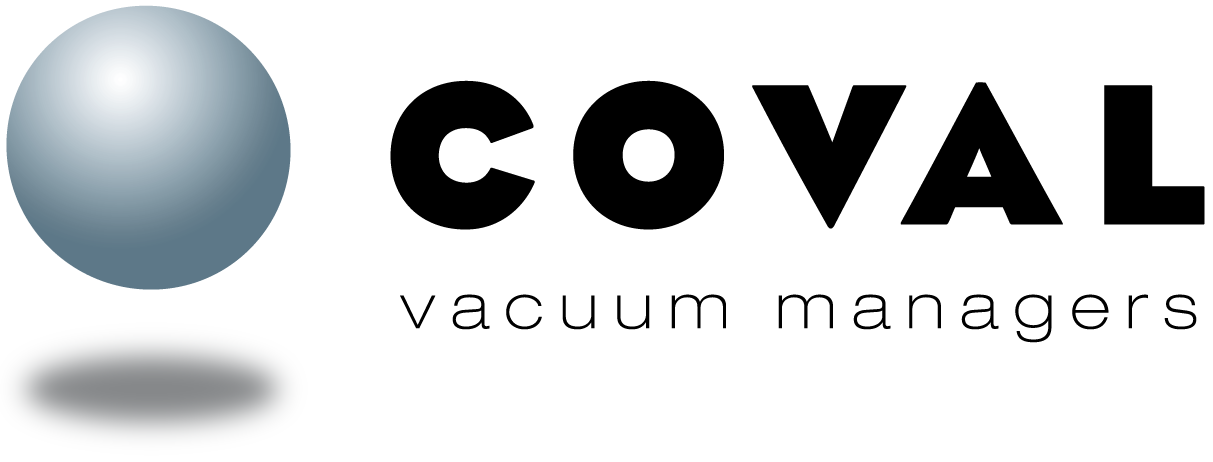Refine your results by
Presses and Forming Equipment Panel Discussion
9/7/23 2:00 pm to 9/7/24 2:00 pm EDT
Contact: Meg M.
Assembling one part to another usually requires a third material—screws, adhesive or filler metal—but it doesn’t have to. In fact, sometimes all you have to do is bend, fold or deform a feature on one part to capture the other. As long as one of the parts is made of a malleable material—typically metal—engineers can use a press or riveter to crimp, stake, swage or clinch it to retain the other part.
Alternatively, assemblers can simply insert one part tightly into a hole in another part. The assembly stays in place through friction and the force of the two parts pushing against each other. In most cases, the press fit is strong enough to stand on its own. In others, the joint is augmented by an additional assembly method, such as adhesive bonding or brazing. Many parts are assembled with press fits, including bushings, bearings, pins, studs, rotors, gears, pulleys, and shaft collars. These methods are often much less expensive than bonding, welding, or threaded fasteners.
Whether you’re looking for enterprise resource planning software or paperless work instructions, you’ll find it at The ASSEMBLY Show. At least a dozen suppliers presses, riveters, and forming machines will be demonstrating their latest products at the show. Before you hit the show floor, tune into this exclusive panel discussion featuring executives from four of the nation’s top suppliers of pressing and forming equipment: BalTec, Orbitform, Promess, and Schmidt.
You will learn:
Alternatively, assemblers can simply insert one part tightly into a hole in another part. The assembly stays in place through friction and the force of the two parts pushing against each other. In most cases, the press fit is strong enough to stand on its own. In others, the joint is augmented by an additional assembly method, such as adhesive bonding or brazing. Many parts are assembled with press fits, including bushings, bearings, pins, studs, rotors, gears, pulleys, and shaft collars. These methods are often much less expensive than bonding, welding, or threaded fasteners.
Whether you’re looking for enterprise resource planning software or paperless work instructions, you’ll find it at The ASSEMBLY Show. At least a dozen suppliers presses, riveters, and forming machines will be demonstrating their latest products at the show. Before you hit the show floor, tune into this exclusive panel discussion featuring executives from four of the nation’s top suppliers of pressing and forming equipment: BalTec, Orbitform, Promess, and Schmidt.
You will learn:
- The advantages and limitations of manual, pneumatic, and servo-driven presses.
- Tips and advice for designing parts for press-fit assembly.
- Tips and advice for designing parts for riveting.
- The differences between orbital and radial forming.
- How to use sensors to monitor, control, and error-proof the pressing and forming process.
Sponsored by:
 |  |  |
 |  |








